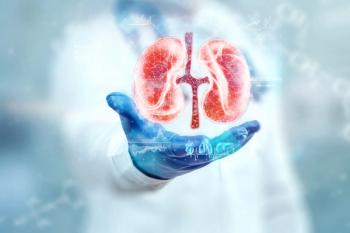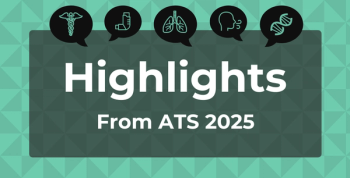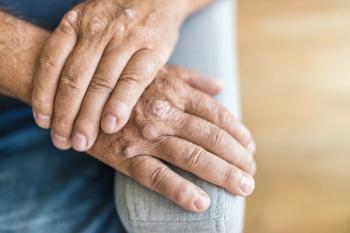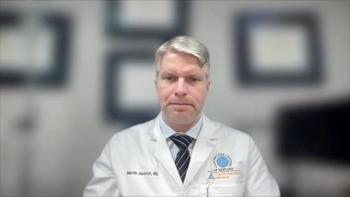
National Youth HIV/AIDS Awareness Day: Highlighting the Impact of Disease on the Age Group
As April 10 marks National Youth HIV & AIDS Awareness Day, CDC and other organizations are highlighting the impact of HIV/AIDS on individuals aged 13 to 24, as they accounted for nearly one-fourth of all new HIV diagnoses in the United States in 2015.
As April 10 marks National Youth HIV & AIDS Awareness Day, CDC and other organizations are highlighting the impact of HIV/AIDS on the patient population, as well as the continuing need for HIV education, resources, and research.
In 2015, individuals aged 13 to 24 accounted for nearly one-fourth (22%) of all new HIV diagnoses in the United States,
According to the CDC, young black/African American and Hispanic/Latino gay and bisexual males are especially affected. Of the 8807 youth diagnosed with HIV in 2015, 55% were black/African American males, 24% were Hispanic/Latino males, and 16% were white males. Females accounted for just 12% of new HIV diagnoses. However, there is progress being made. From 2008 to 2014, the estimated annual HIV infections fell 18% among gay and bisexual males.
At the end of 2013, approximately 60,900 youth were living with HIV in the United States, and 51% were living with undiagnosed HIV, the highest rate of undiagnosed HIV in any age group. Of those who were diagnosed in 2014, 68% accessed care within a month, also the lowest rate of any age group. The patient population is also least likely of all age groups to have a suppressed viral load.
The lower rates of accessing care and achieving a suppressed viral load may be attributed to prevention challenges the patient population faces, such as inadequate sex education, according to the CDC. From 2000 to 2014, the percentage of US schools that required students to receive HIV prevention education decreased from 64% to 41%. In most states, less than half of schools teach all 16 of CDC’s recommended sexual health education topics.
According to 2015 data, only 10% of high school students have been tested for HIV, and among male students who have had sex with other males, only 21% have ever been tested. A January
To increase awareness and link youth affected by HIV to information and resources, the National Institutes of Health
Newsletter
Stay ahead of policy, cost, and value—subscribe to AJMC for expert insights at the intersection of clinical care and health economics.








































